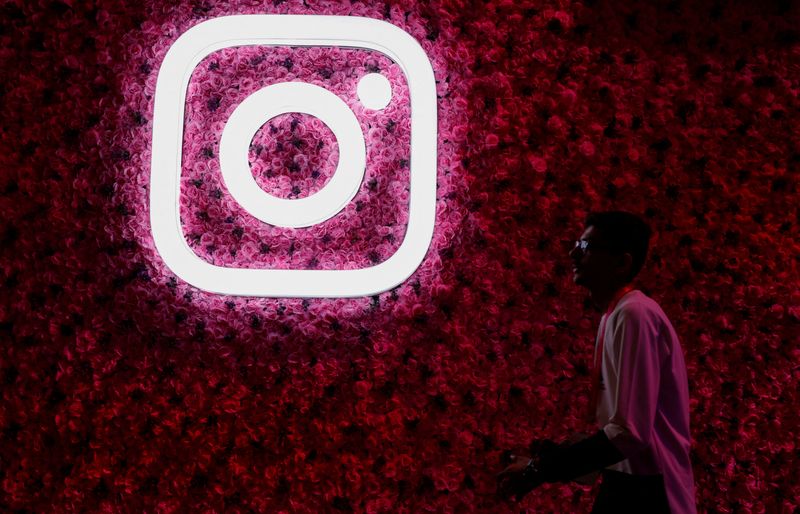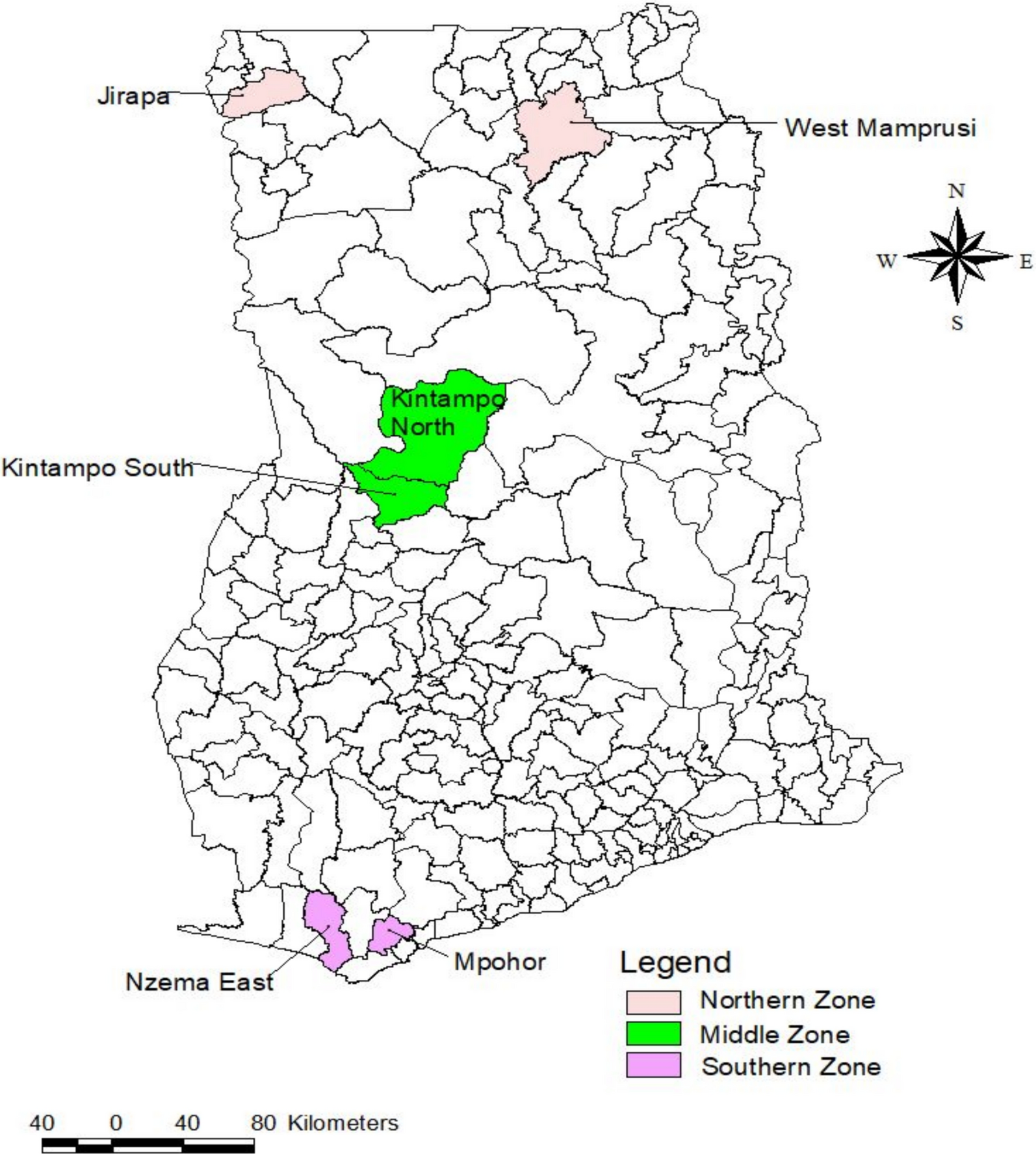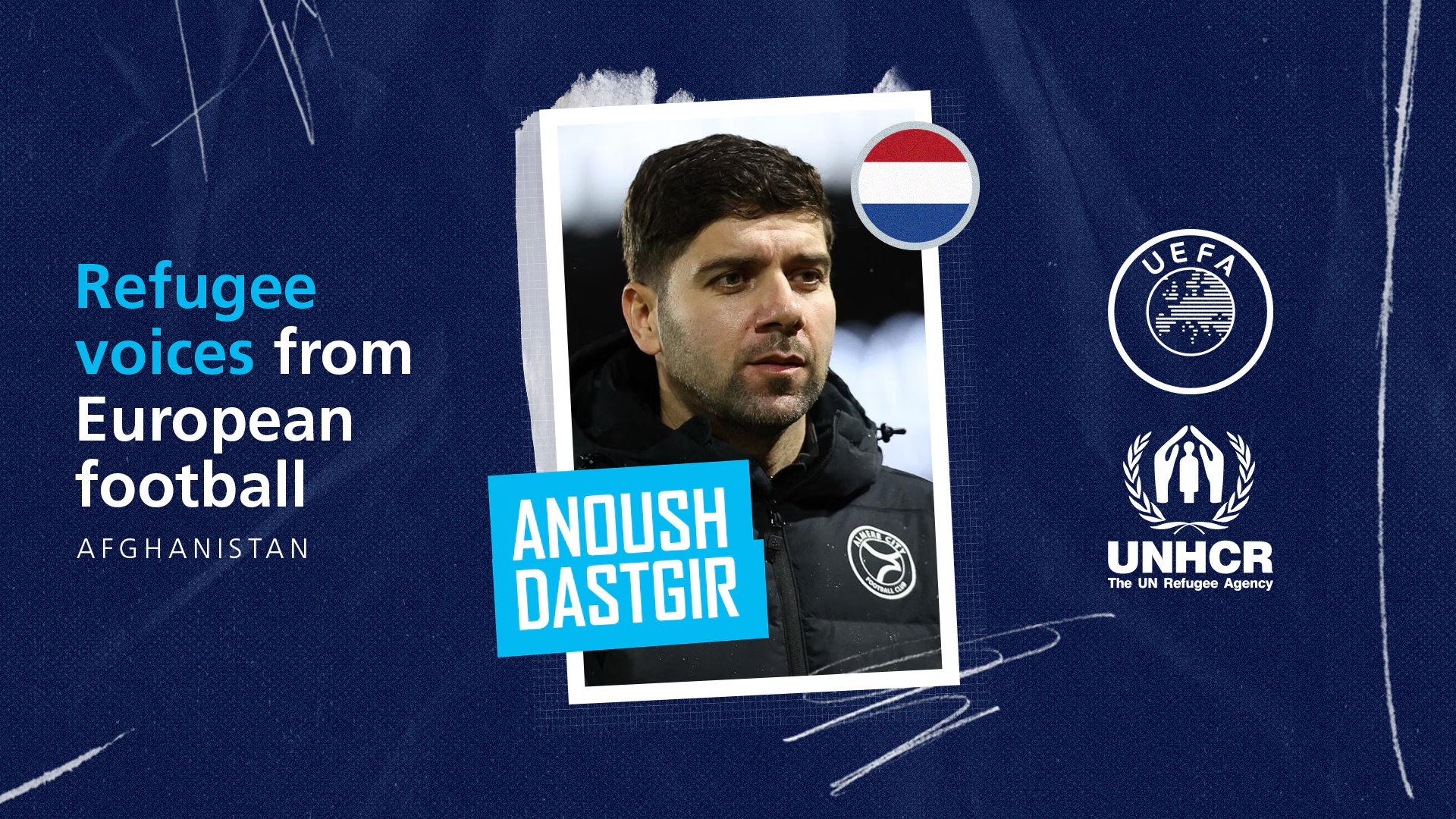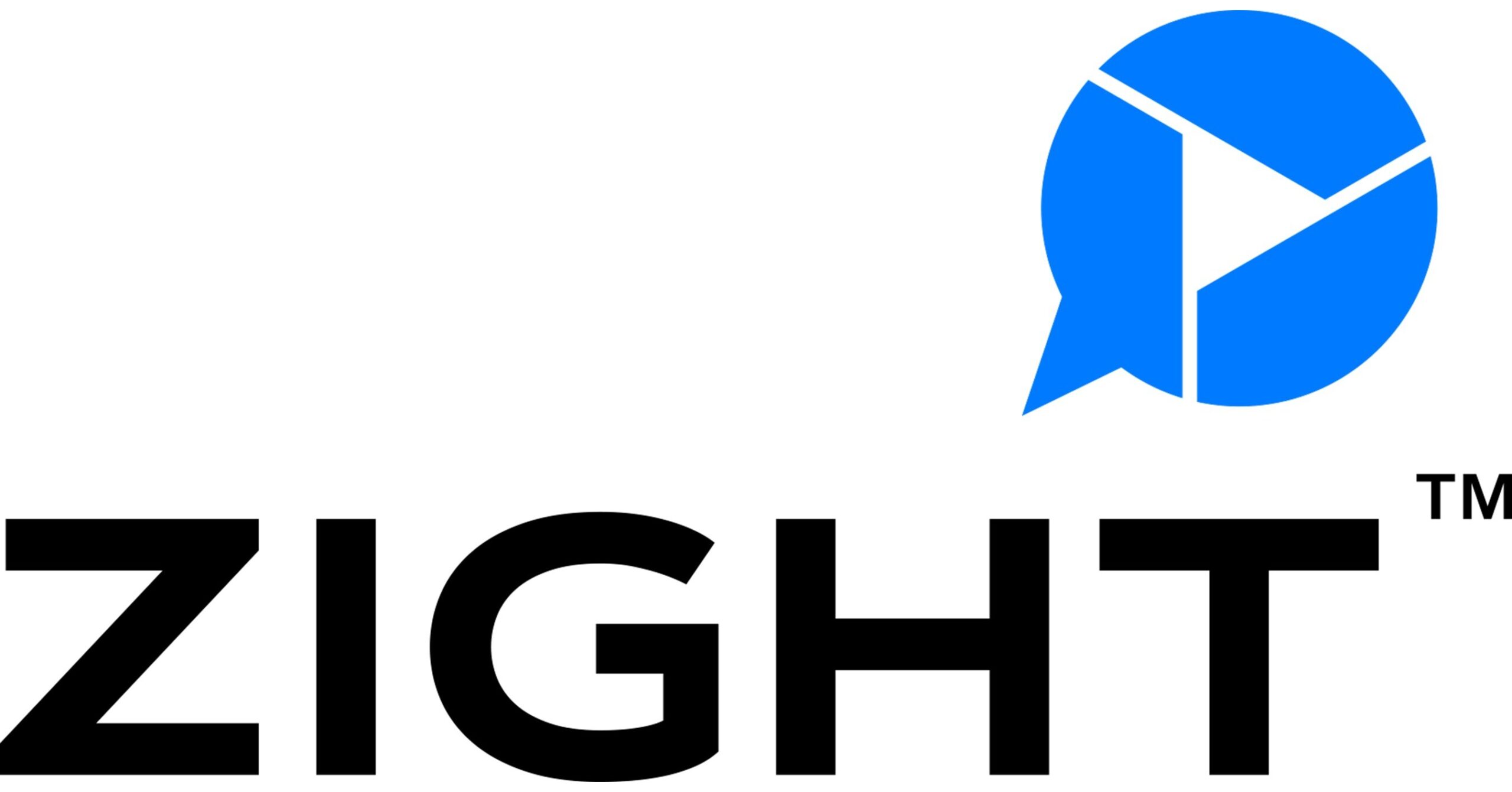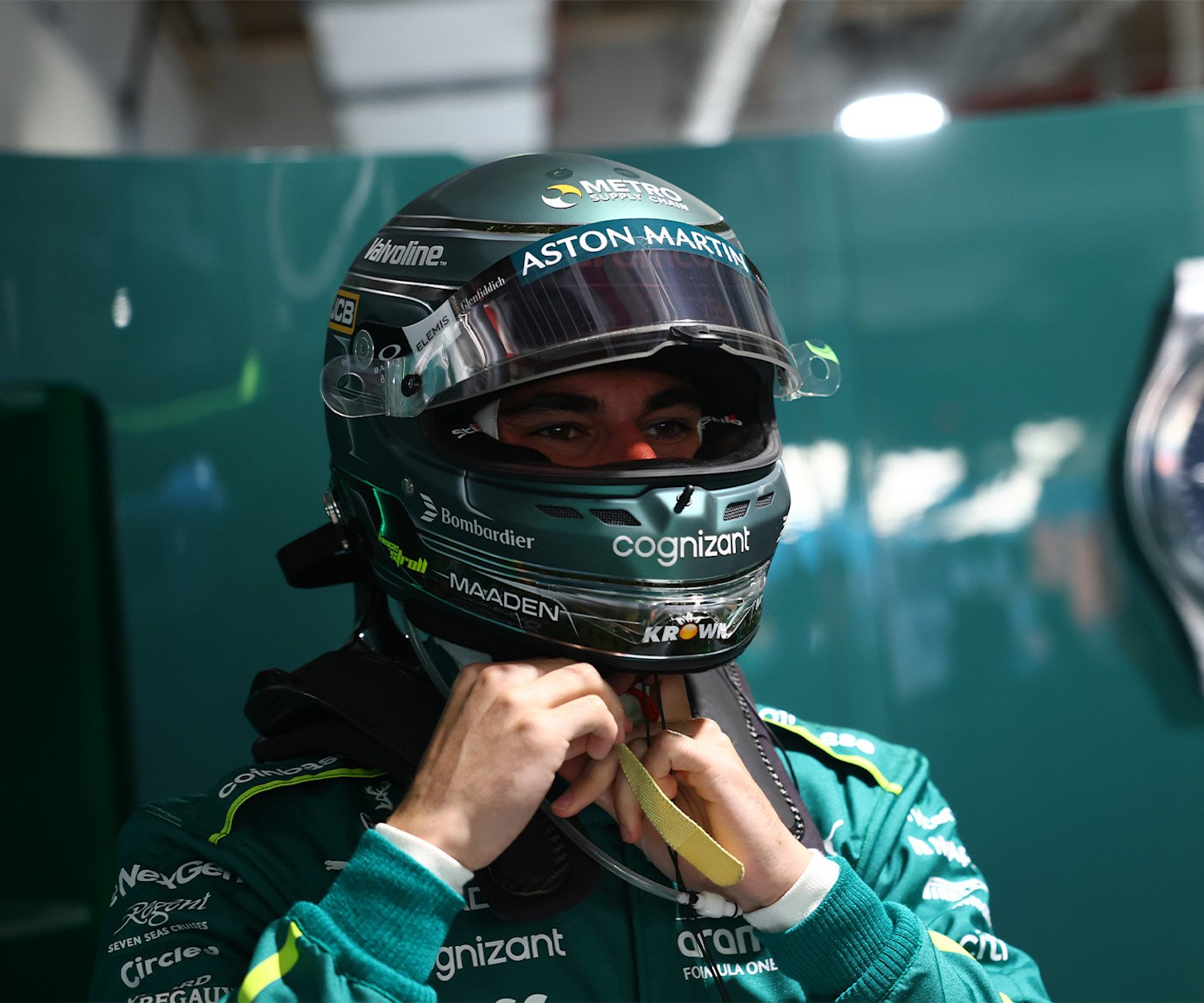Published on 14 October 2025
Orange is modernizing its mobile networks to keep pace with fast-changing digital habits. Starting in 2026, 2G will gradually be phased out in mainland France as part of the Lead the Future strategic plan.
This transition has a clear goal: provide network connectivity that’s simpler, safer, and more sustainable – built for today and ready for tomorrow.
Orange is part of a global movement: more than 200 operators have already started or completed 2G / 3G migration. Staying true to our role, we’re taking a gradual, step-by-step approach to ensure reliable service and meet the needs of all our customers.
A responsible technological shift in line with global standards
Phasing out 2G is an important step toward the future. Orange is preparing a network that is faster, more efficient, and safer. It will meet growing mobile needs, support connected devices, and handle critical services, while strengthening security.
Phasing out older technologies like 2G and 3G is essential to keep Orange among Europe’s leading network operators and give our customers the best connectivity,” explains Michaël Trabbia, EVP, CEO of Orange Wholesale
The upgrade follows a global trend. Today, more than 200 operators in nearly 100 countries have already moved on from 2G or 3G. Orange is moving in the same direction while keeping in mind regional differences and the needs of our customers..
Why is Orange phasing out 2G and 3G?
2G and 3G are now less used, less secure, and more energy consuming, so they no longer meet the requirements of today’s digital technology. Phasing them out is a logical and responsible step.
-
4G and 5G networks offer stronger security, including advanced encryption, reliable authentication, and better protection against threats.
-
2G and 3G carry only a very small part of network traffic today.
-
The frequencies used by 2G and 3G will be repurposed to improve the performance of the latest-generation networks.
Modernizing our fixed and mobile networks is central to our strategy. With the planned phase-out of 2G in 2026 and 3G by the end of 2028, Orange will guide all customers to 4G and 5G. Our goal is to move all copper network users to fiber and ultra-fast broadband by 2030. This will give faster, safer, and more energy-efficient networks.” Bénédicte Javelot, EVP Strategic Projects & Development at Orange
This is not just a technological choice but also an environmental one, to better support tomorrow’s digital needs.
Gradual timeline and support in France
The change will happen gradually, giving everyone time to adapt. Between March and June 2026, 2G will be phased out in nine departments in the Southwest. It will then expand to the rest of mainland France in the fall. 3G will follow, with full phase-out planned for the end of 2028.
Key dates reseaux.orange-business (in French)
Network modernization
Orange is upgrading its mobile infrastructure in France and Europe
+200
Operators worldwide that have started or completed 2G or 3G phase-out
98.8%
4G coverage in Romania, the first Orange country to start phasing out 3G
2026
Gradual start and end of 2G in mainland France
End of 2028
Full 3G shutdown in France
2030
Full shutdown of 2G and 3G in all European countries where Orange operates
This approach ensures clear communication, field testing, and tailored support, keeping services running smoothly while helping individuals and businesses make the transition. .
Who will be impacted in France?
As stated in our press release from 21 February 2022, most customers won’t notice the transition. Most phones in use today already support 4G or 5G. Customers with older devices will receive additional support.
For businesses, some IoT and mobile devices still rely on 2G or 3G. Orange offers full support to help companies move to newer technologies like 4G, LTE-M, VoLTE, or 5G. This includes personalized fleet assessments and step-by-step migration plans to ensure continuous service.
What is LTE-M?
LTE-M is a 4G-based cellular technology designed for IoT devices. It uses less energy, works well indoors and underground, and supports mobility and long device lifespan.
What is VoLTE?
VoLTE (Voice over LTE) is a cellular technology that allows calls over 4G, providing better audio quality and faster connections compared with 2G or 3G. It also lets voice and data run at the same time on the same network.
Looking ahead
This change is part of a clear strategy toward useful, inclusive, and energy-conscious digital services. By focusing on the most effective technologies, Orange strengthens the networks of tomorrow.
Phasing out 2G and 3G is also central to our Lead the Future strategic plan. Orange is also investing in fiber, 5G, the circular economy, and aims to reach carbon neutrality by 2040.
It’s a necessary step that’s being carefully managed to operate networks that are easier to use, safer, and more sustainable.
Key takeaways
-
Networks will be upgraded gradually: 2G ends in 2026 and 3G from late 2028 in France, with a clear timeline.
-
Multiple benefits: safer, more energy-efficient networks ready for today and tomorrow.
-
Tailored support: personalized solutions for individuals and businesses, with special attention to specific and critical uses.

